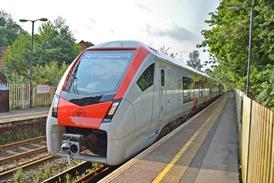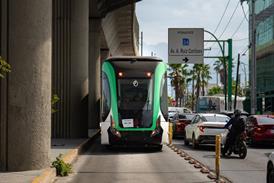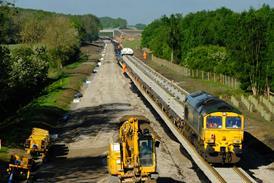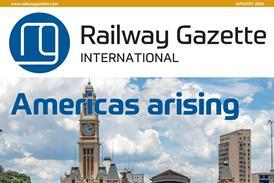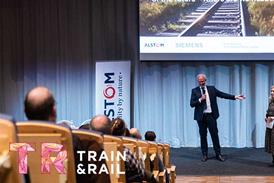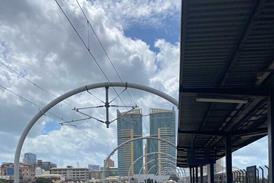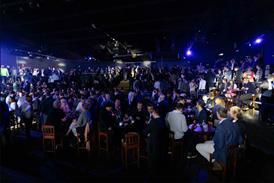ON JULY 7 a French National Railways demonstration train formed of five refurbished Corail coaches (RG 4.00 p209) will complete a tour of 39 cities. The last call will be Lyon after a four-month itinerary that took the train all over France, including three days visiting Paris termini at the end of June.
SNCF has given passengers the opportunity to express their opinions about the proposed design changes, with visitors asked to vote on features of the rebuild which they liked or disliked. On the basis of these responses, three options will be developed and costed so that management can make a choice towards the end of the year.
First entering service in 1975, the Corail stock was well received because of the excellent ride quality. Later, steel coil secondary suspension was replaced by air springs, further improving the ride. The original Corail interiors are now considered dated and somewhat spartan, and an initial refurbishment programme has seen around 800 cars modified. Known as Corail+, these vehicles have interiors matching the refurbished TGV Sud-Est trainsets.
SNCF now plans to make major interior changes to the rest of the fleet, which will increasingly be diagrammed to run in fixed formations, typically formed of eight cars. This is part of the Trains Rapides Nationaux programme that aims to have around 50 refurbished sets in service by 2005.
The demonstration set has two first and two second class cars and a service car. This incorporates a reception area and conductor’s compartment, a family zone with play area, baby-changing facilities, space for cycles, and facilities for wheelchair passengers which include a lift for access from the platform.
In the other cars seating layouts have been changed to break up the uniform appearance of the original design and to meet the needs of passengers travelling in small groups. For example, some of the second class seating is arranged in a 3+1 layout. Luggage stacks are located in the centre of the cars so that cases can be easily supervised from passengers’ seats, and retention toilets have been fitted.
End vestibules are intended to be ’convivial areas’, and those in the service car are fitted with vending machines for snacks and drinks; this presumably spells the end for the staffed Bar-Corail buffet and shop. In some cars areas will be designated for smokers or mobile phone users.
The prototypes were rebuilt at SNCF’s Romilly and Périgueux workshops at a cost of Fr10m to proposals developed by MBD Design. Once commercial refurbishing begins, the cost will come down to between Fr1m and Fr2m per car, compared with Fr7m for a new vehicle.
SNCF’s locomotive-hauled long-distance trains carry 45% of Grandes Lignes business with 55 million passengers a year. Revenue has fallen in recent years as TGVs have taken over more services, and the refurbishment programme is an attempt to stimulate new business on ’classic’ routes. n
CAPTION: First class compartment has seating reminiscent of that used on Germany’s ICE trains

